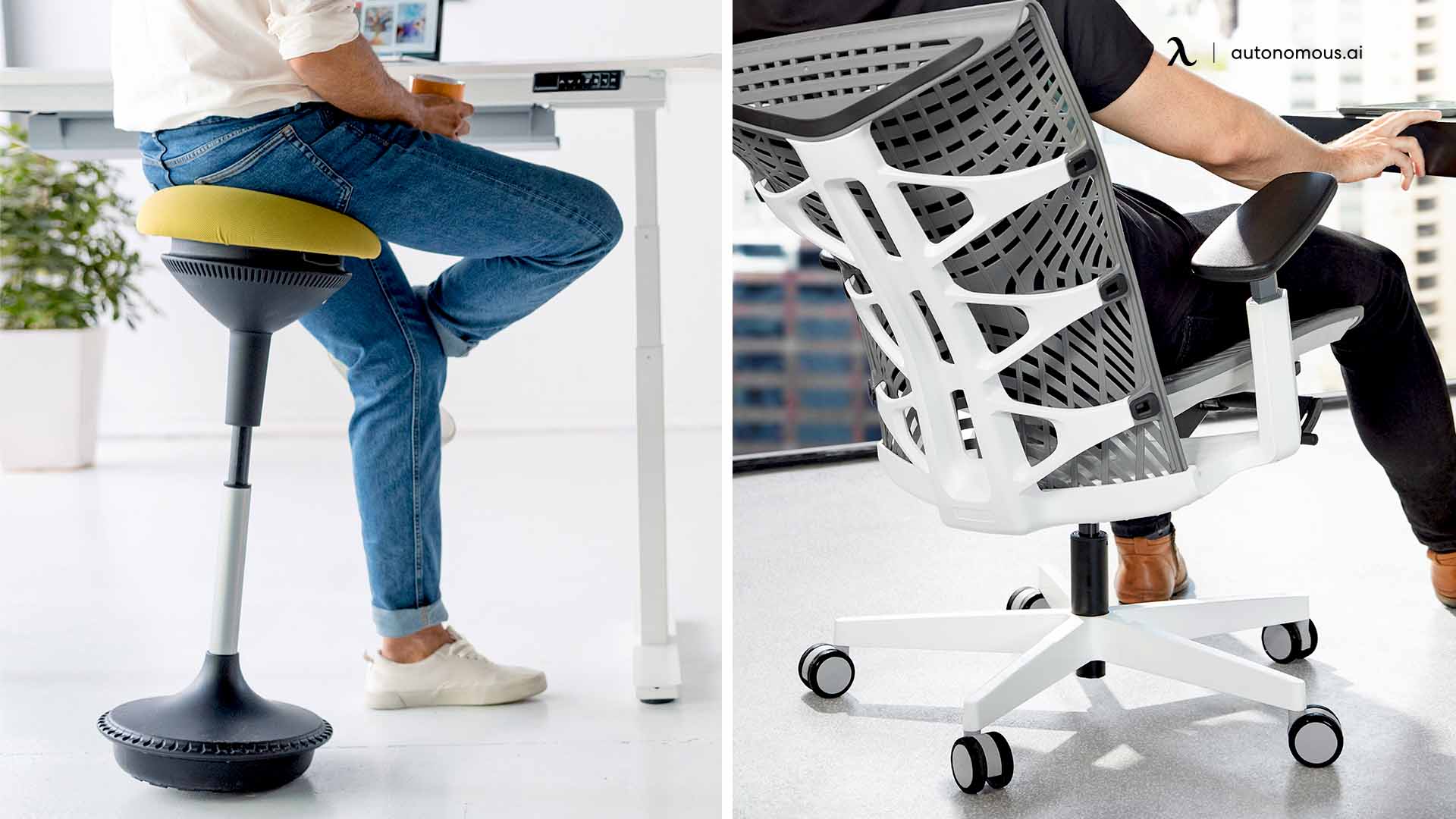
Adaptive Chairs for Adults: The Ultimate Solution for Comfort, Posture, and Productivity
Table of Contents
In our daily routines, many of us find ourselves sitting for long hours, whether it’s for work, relaxation, or hobbies. However, traditional chairs often fall short in delivering the level of support and adaptability we need to stay comfortable and productive. Enter adaptive chairs for adults—specially designed to offer ergonomic benefits and customizable features that cater to individual needs. This guide will explore why they are essential, their key features, and tips on finding the right one for you.
1. Why Adaptive Chairs Are Essential for Long-Hour Sitters
For those who spend extended periods seated, adaptive chairs provide essential benefits that go beyond the capabilities of standard office chairs. They are designed with features like adjustable seat height, backrests, and lumbar support that can help prevent discomfort and fatigue over time. The ability to customize these settings ensures that you maintain a healthy posture, which can reduce the risk of chronic pain and improve your overall well-being.
They also often include additional support elements, such as armrests and headrests, which are essential for maintaining proper alignment and reducing strain on the shoulders and neck. You might also consider specialized designs, such as a cross-legged chair, which accommodate different sitting preferences.
2. Key Ergonomic Features
The hallmark of adaptive chairs is their ergonomic design, specifically tailored to promote comfort and support for various body types and sitting styles.
Lumbar Support and Adjustable Backrests
One of the defining features of adaptive chairs is their ability to provide targeted lumbar support, which can be adjusted to match the unique curvature of your spine. This adjustment helps relieve pressure on the lower back, a common area of discomfort for long-hour sitters. Additionally, backrests are often adjustable, allowing you to find the perfect angle for your posture, whether you need a more upright position for focused tasks or a reclined position for relaxation. To find out which chairs are specifically beneficial for back support, check out this list of best office chairs for back pain.
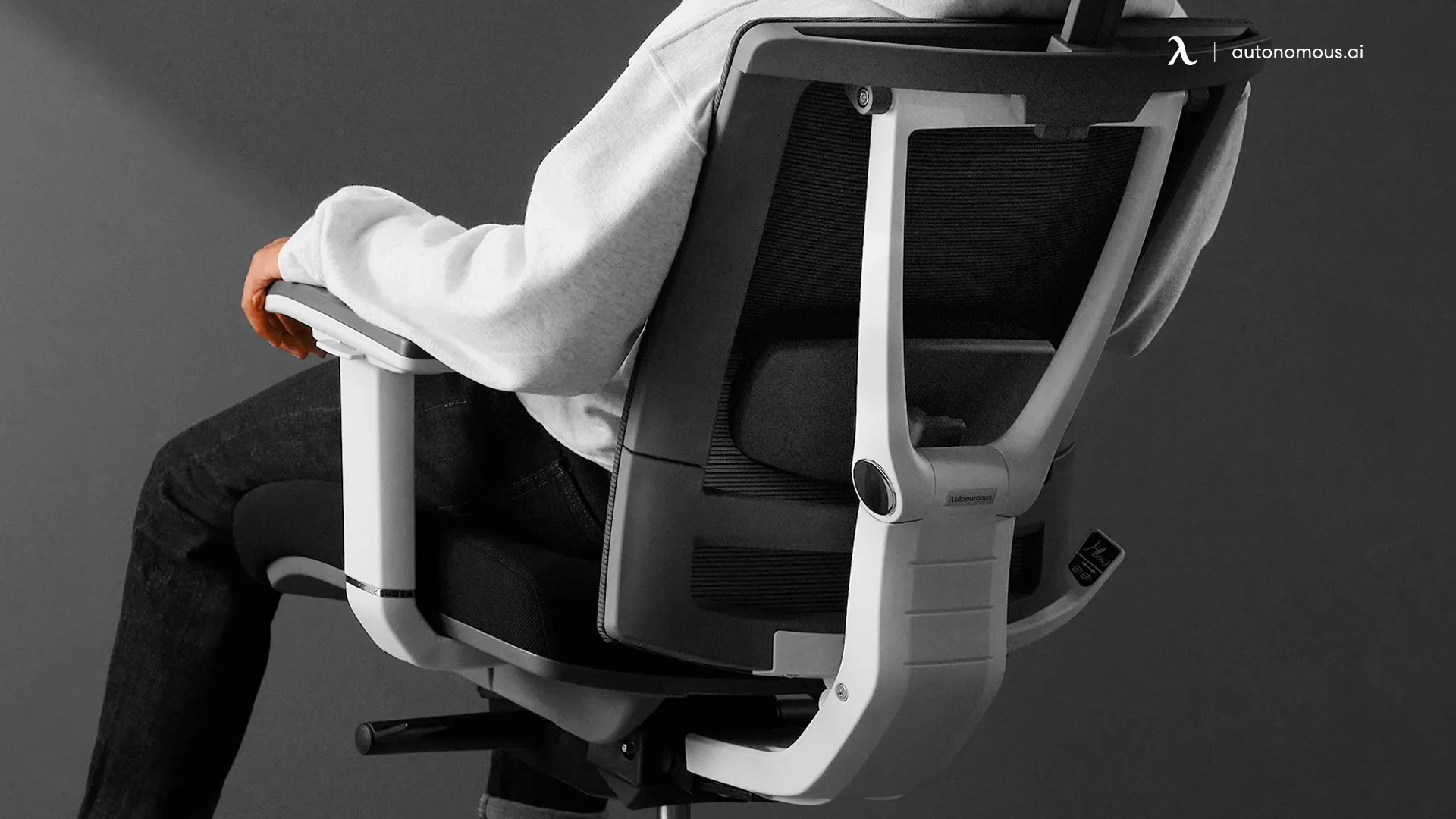
Seat Adjustments and Depth Control
Adaptive chairs typically offer customizable seat height and depth adjustments, which are crucial for achieving a posture that supports healthy blood circulation and prevents strain. Ensuring that your feet rest flat on the floor and that your thighs are parallel to the ground can significantly reduce discomfort. With depth control, you can adjust the seat to fit your body size, which is essential for distributing your weight evenly and maintaining comfort over long hours. Using an ergonomic saddle chair is a great way to encourage a healthy sitting position while also providing adjustable options for those who need them.
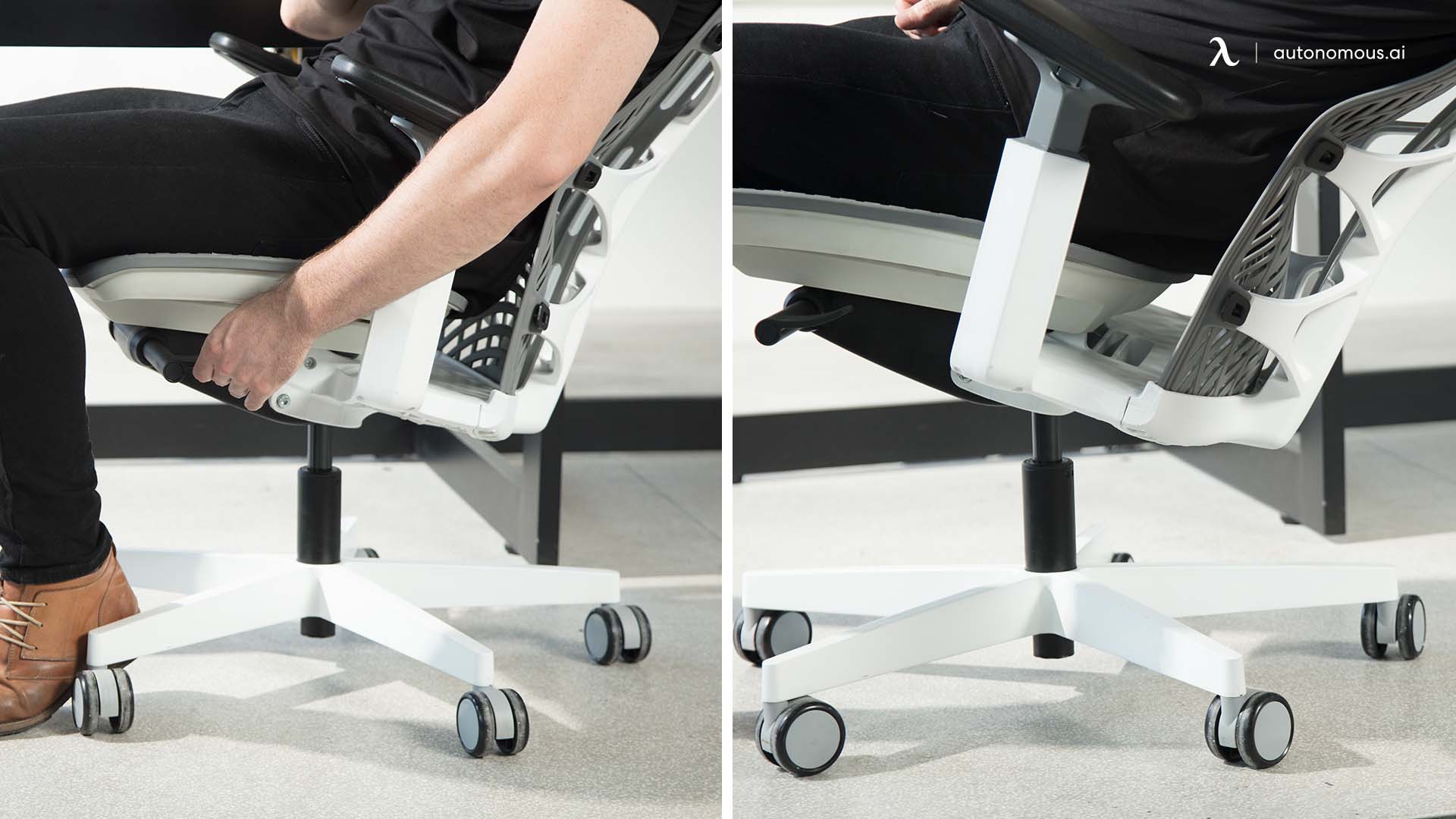
Armrests and Headrests for Total Support
Adaptive chairs often come with adjustable armrests that can be raised, lowered, or even removed to accommodate your specific needs. Proper armrest positioning helps reduce tension in the shoulders and upper arms, making it easier to maintain a relaxed posture. Headrests are also commonly included, providing support for the neck and head, especially when leaning back. This can be particularly beneficial if you need to take short breaks throughout the day to relieve tension in the upper body. For those who prefer a more minimal design, an armless office chair might be a perfect fit.
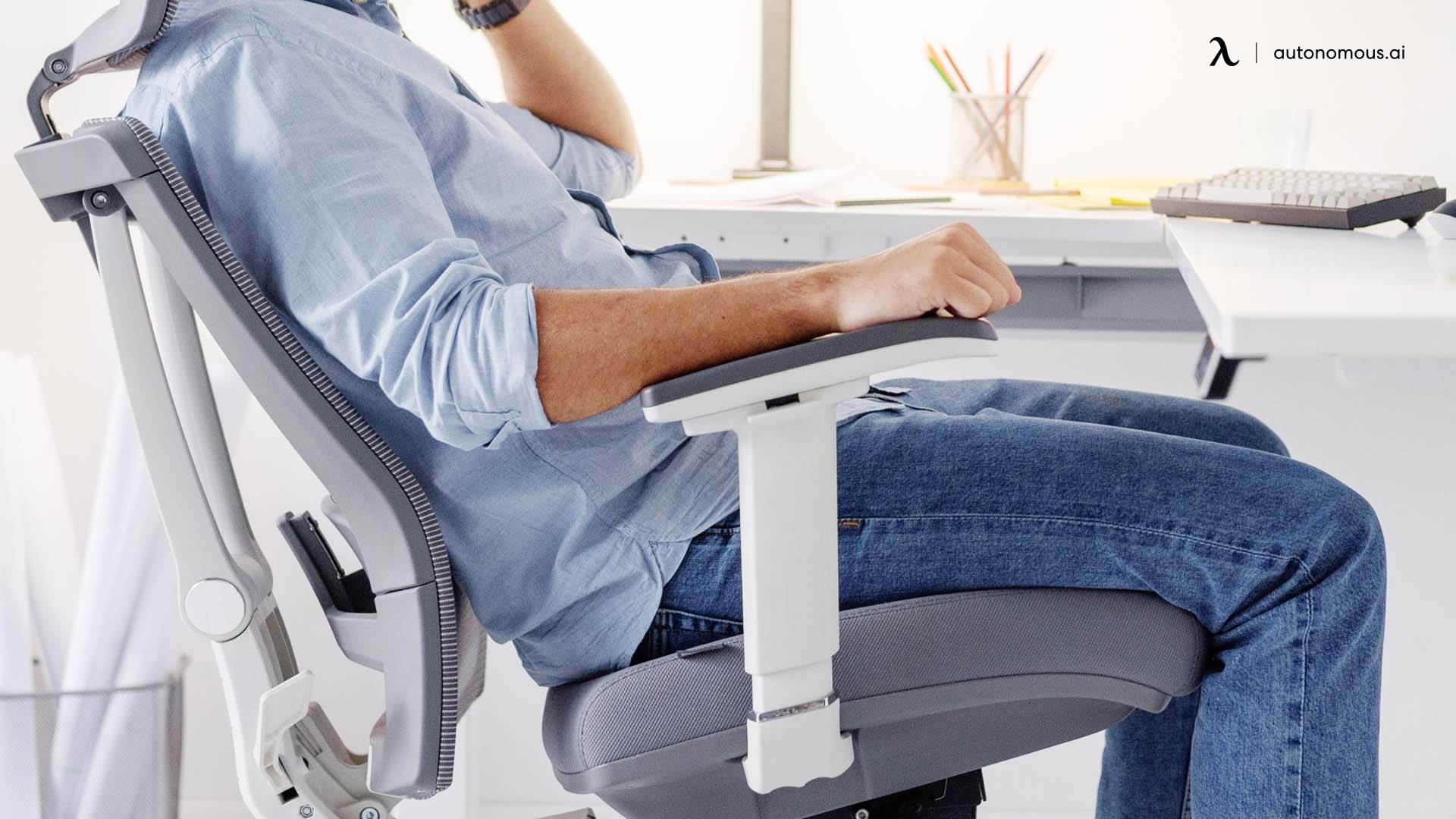
3. The Science Behind: Improving Posture and Circulation
While adaptable chairs provide comfort, their true value lies in their ability to support the body’s natural posture and enhance circulation. Studies show that proper ergonomic seating can reduce the risk of chronic pain and improve overall well-being.
Posture Support and Spinal Alignment
Adaptive chairs are designed to encourage an ergonomic sitting posture by supporting the natural curves of the spine. When seated, the chair’s adjustable features allow you to align your body so that your spine is in its most natural position, helping to distribute your body weight evenly. This minimizes the risk of developing postural issues, such as slouching or excessive lumbar arching, which can lead to chronic discomfort.
Improved Circulation for Better Health
Proper ergonomic seating isn’t just about comfort; it also plays a significant role in maintaining healthy circulation. Adaptable chairs allow you to adjust the seat height and depth so that your legs are positioned correctly, reducing the risk of numbness or tingling. Features like footrests or tilting mechanisms also promote blood flow and can prevent swelling, making it easier to stay seated for longer periods without discomfort. If you’re interested in additional support, a chair with a leg rest is an excellent option.
Relief from Pressure Points
Adaptive chairs are often equipped with memory foam or gel cushions that help reduce pressure on specific areas of the body, such as the lower back and thighs. This personalized cushioning can relieve pressure points, which is essential for those who experience discomfort from prolonged sitting in office.
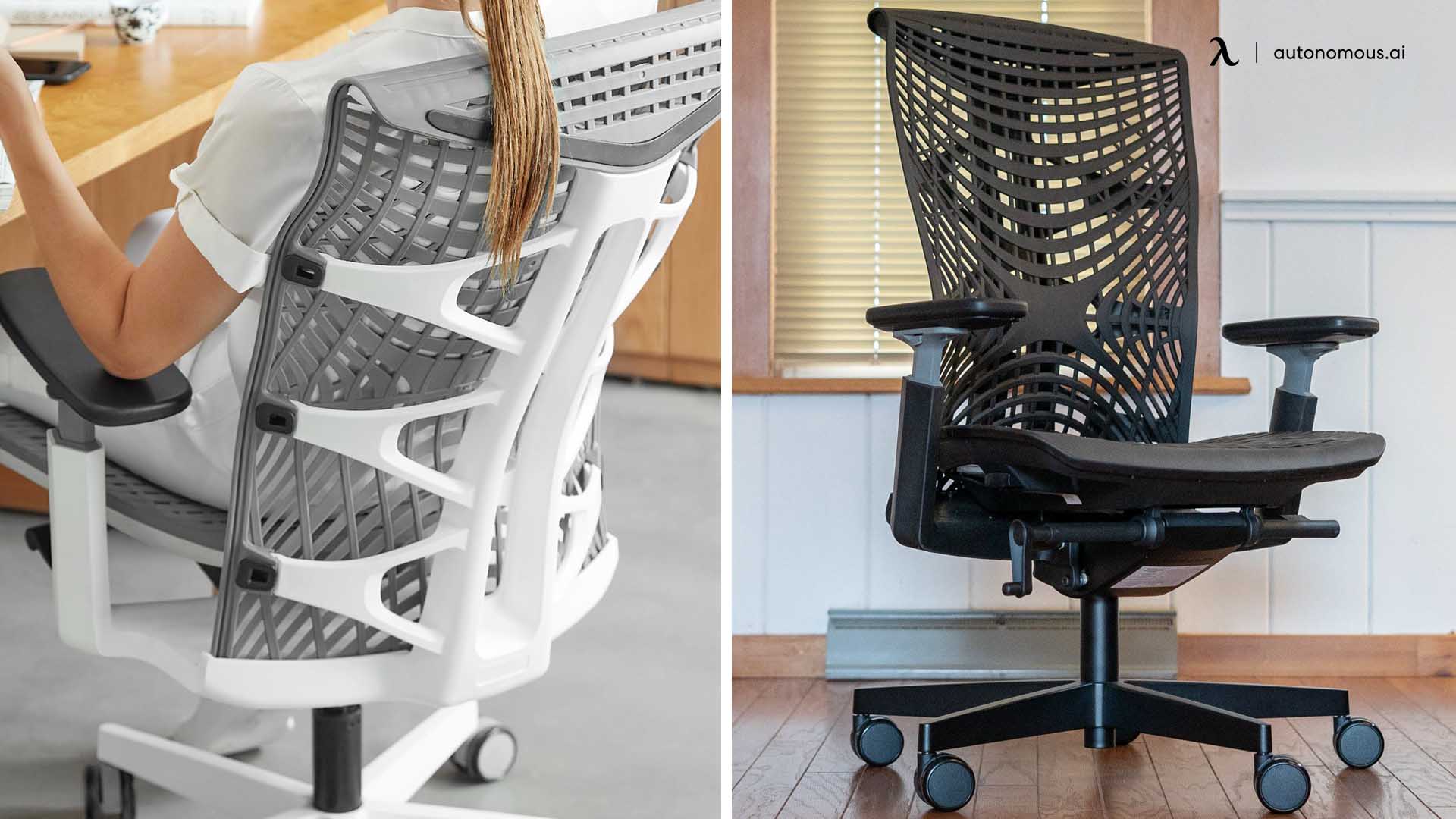
4. Supporting Natural Movements for Long-Term Comfort
Adaptive chairs do more than just provide static support; they also encourage movement. Many models include features like reclining and tilting functions, which allow the chair to move with you, reducing stiffness and fatigue throughout the day.
Reclining and Tilting Options
The ability to recline and tilt can make a world of difference when it comes to maintaining comfort during long hours of sitting. Adaptable chairs with these features allow you to shift positions, reducing strain on your muscles and joints. This dynamic support keeps you comfortable and helps prevent the buildup of tension. Reclining office chairs make it easy to shift positions throughout the day, reducing the risk of discomfort and muscle fatigue.
360-Degree Swivel and Mobility
A 360-degree swivel allows you to turn and reach different parts of your workspace with ease. This flexibility encourages natural movement, preventing you from staying in a single position for too long, which can be beneficial for keeping your energy levels up throughout the day or for individuals with ADHD who may benefit from an ADHD chair that supports frequent movement.
Sturdy Construction for All-Day Use
Adaptable chairs are built with durability in mind, designed to withstand daily use for long periods. Many chairs are made with high-quality materials that provide stability and support, ensuring that they remain comfortable even after hours of sitting. Some models are specifically constructed to accommodate higher weight capacities, making them a great choice for those who need extra support, such as an office chair that supports 300 lbs. Their robust construction ensures that they remain stable and supportive, even with daily, long-hour use.
5. Choosing the Right Adaptive Chair for Your Needs
When selecting an adaptive chair, it’s important to consider your unique needs and preferences. Here are some factors to keep in mind:
- Weight Capacity and Size: Ensure the chair can support your body weight comfortably. Heavy-duty office chairs offer greater stability and are ideal for larger users.
- Seat and Back Support: Look for a chair with a high back for enhanced support, such as a high back office chair, which can reduce strain on your upper body and provide a stable resting place for your head and neck.
- Material and Cushioning: Choose materials that suit your comfort preferences. Memory foam cushions provide excellent support, while breathable fabrics prevent overheating. If you prefer a more active sitting posture, consider a kneeling chair, which promotes a natural curve in your spine and encourages core engagement.
- Compatibility with Desk Height: Make sure your chair’s height aligns with your desk. If you’re unsure, use this guide on ideal chair height to find the ideal setup for comfort and productivity.
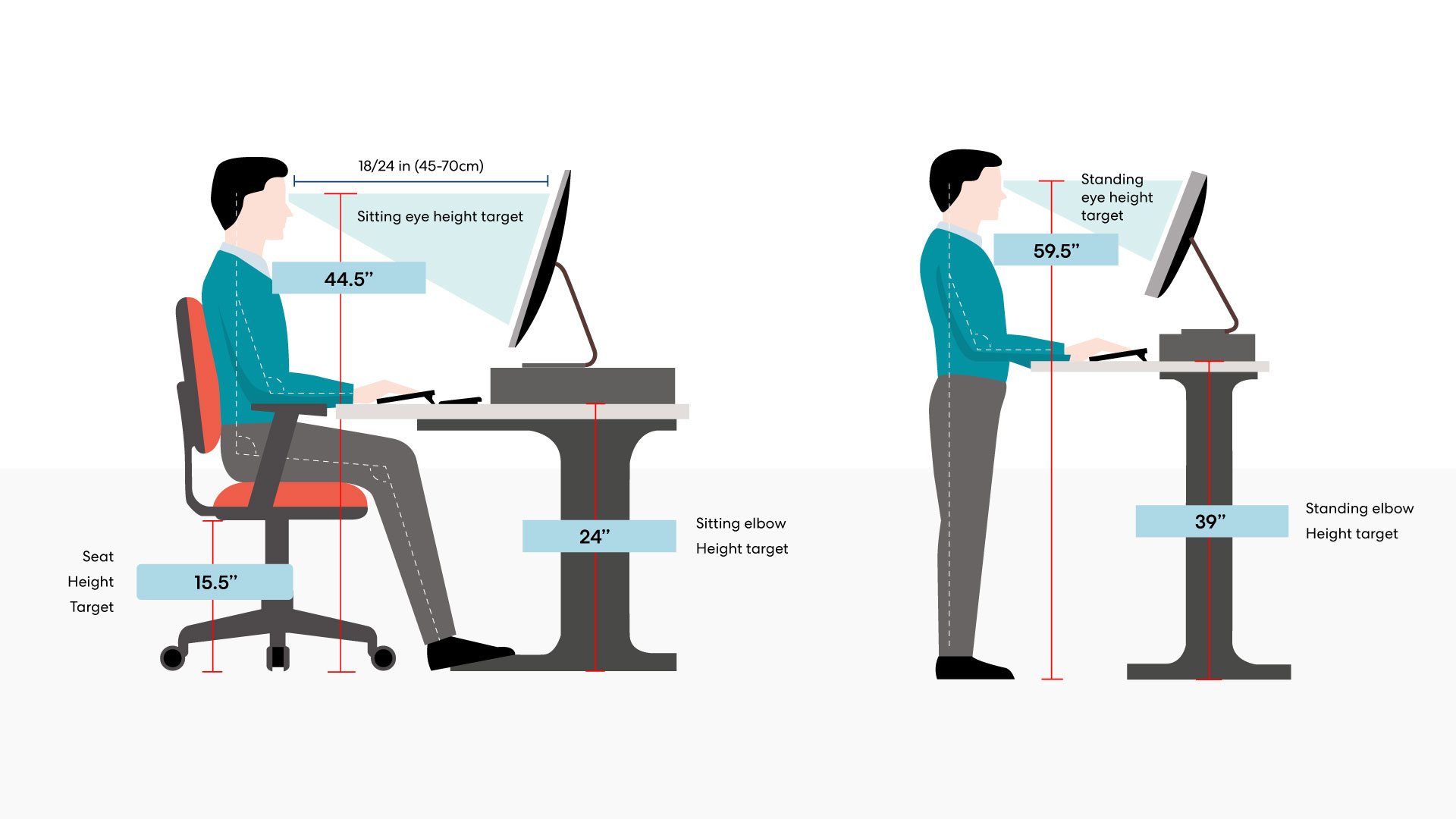
6. FAQs
What makes an adaptive chair different from a standard office chair?
Adaptive chairs offer a higher level of customization compared to standard office chairs. They often include features like adjustable lumbar support, customizable seat depth, and flexible armrests, all designed to accommodate individual body types and sitting preferences. These chairs are built to provide long-term comfort and ergonomic support, particularly for those who spend extended periods sitting.
Can a chair with adaptive features help alleviate neck pain?
Yes, many chairs include headrests that can alleviate neck strain by providing support for your head and neck. By adjusting the headrest, you can keep your neck aligned with your spine, which helps prevent tension and discomfort. For chairs that include headrests, consider an office chair with headrest.
Are adaptive chairs suitable for long hours of sitting?
Absolutely. They are specifically designed for prolonged use. Their ergonomic features help maintain a healthy posture and provide support to reduce fatigue, making them ideal for people who sit for long hours. To explore more options that cater to all-day comfort, check out this office chair for long hours.
Do I need to constantly adjust the chair for it to stay comfortable?
While adaptive seatings offer numerous adjustment options, they’re generally easy to customize to your liking. Most users find that, after an initial setup, the chair provides comfortable and supportive seating with minimal readjustments. Many models even come with guides to help you find the best settings for your body type.
What materials are commonly used, and which one is best?
It depends on personal preference and use case. Mesh fabrics are popular for their breathability, keeping you cool during long hours of sitting. If you’re interested in mesh options, you can check out a mesh chair. For those who prefer a softer, cushioned seat, memory foam or high-density foam options are ideal.
If you like a more luxurious look and feel, leather and faux leather chairs are excellent choices. Leather chairs provide a premium aesthetic, which you can explore with a leather office chair. Faux leather is another stylish and budget-friendly option; you can see some top picks in this list of the best faux leather office chairs. For a direct comparison between mesh and leather options, check out this guide on mesh vs. leather office chairs.
Are adaptive chairs only for office use?
No, they are versatile and can be used in various settings, such as home offices, gaming setups, or even in living rooms. Their ergonomic features make them suitable for any activity that involves prolonged sitting, ensuring comfort and support wherever you choose to use them.
In summary, adaptive chairs for adults offer a wealth of benefits for those seeking comfort, ergonomic support, and improved posture. Whether you’re looking for relief from back pain, support for long working hours, or simply a more comfortable place to sit, these chairs provide the versatility and customization needed to meet a wide range of preferences and body types. Investing in an adaptable chair can significantly enhance your daily sitting experience, allowing you to focus on what matters most without the distraction of discomfort.
Bleiben Sie mit uns in Verbindung!
Abonnieren Sie unsere wöchentlichen Updates, um über unsere neuesten Innovationen und Community-Neuigkeiten auf dem Laufenden zu bleiben!
Interesse an einer Linkplatzierung?
Sag es weiter
.svg)
.svg)

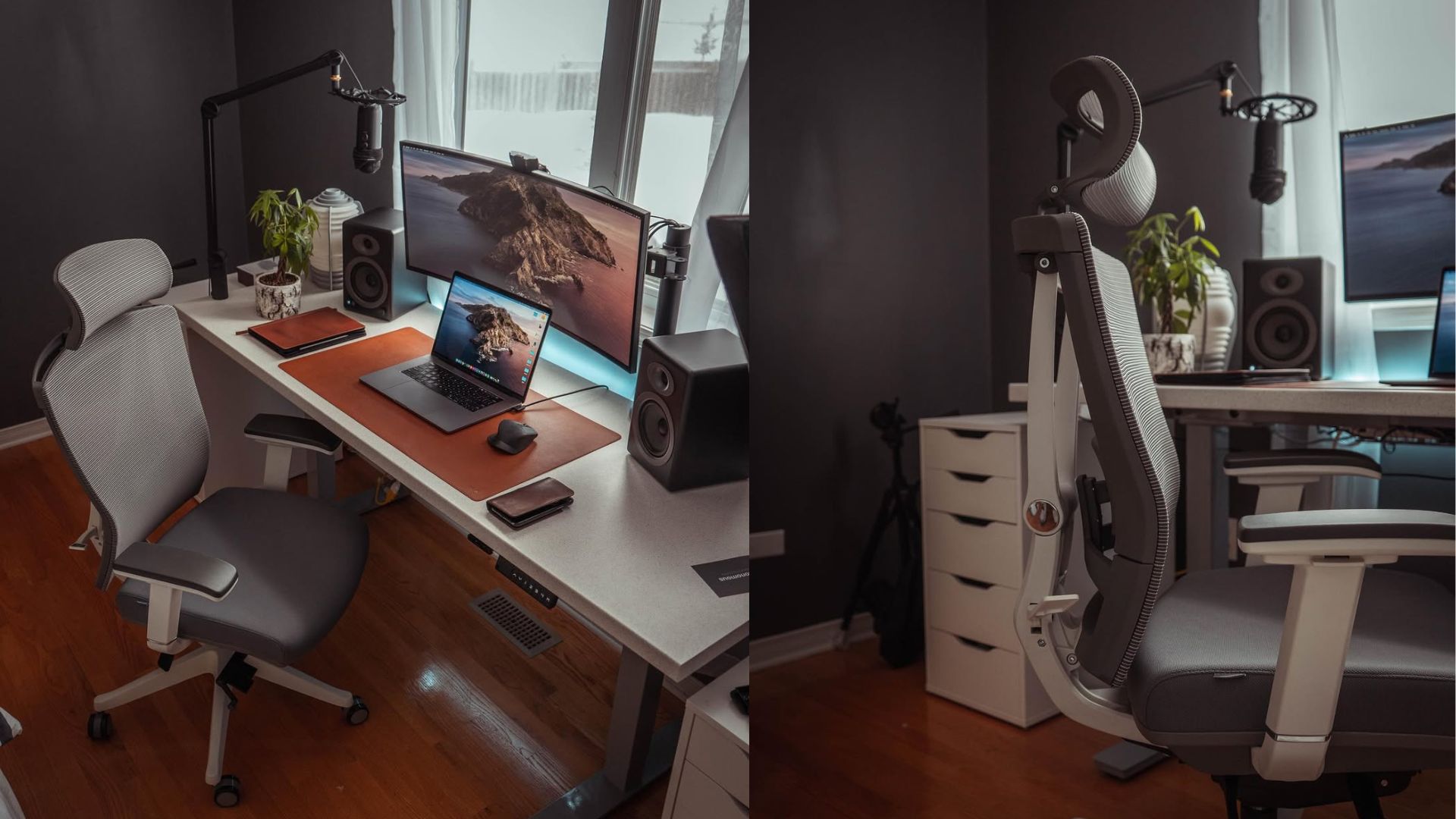
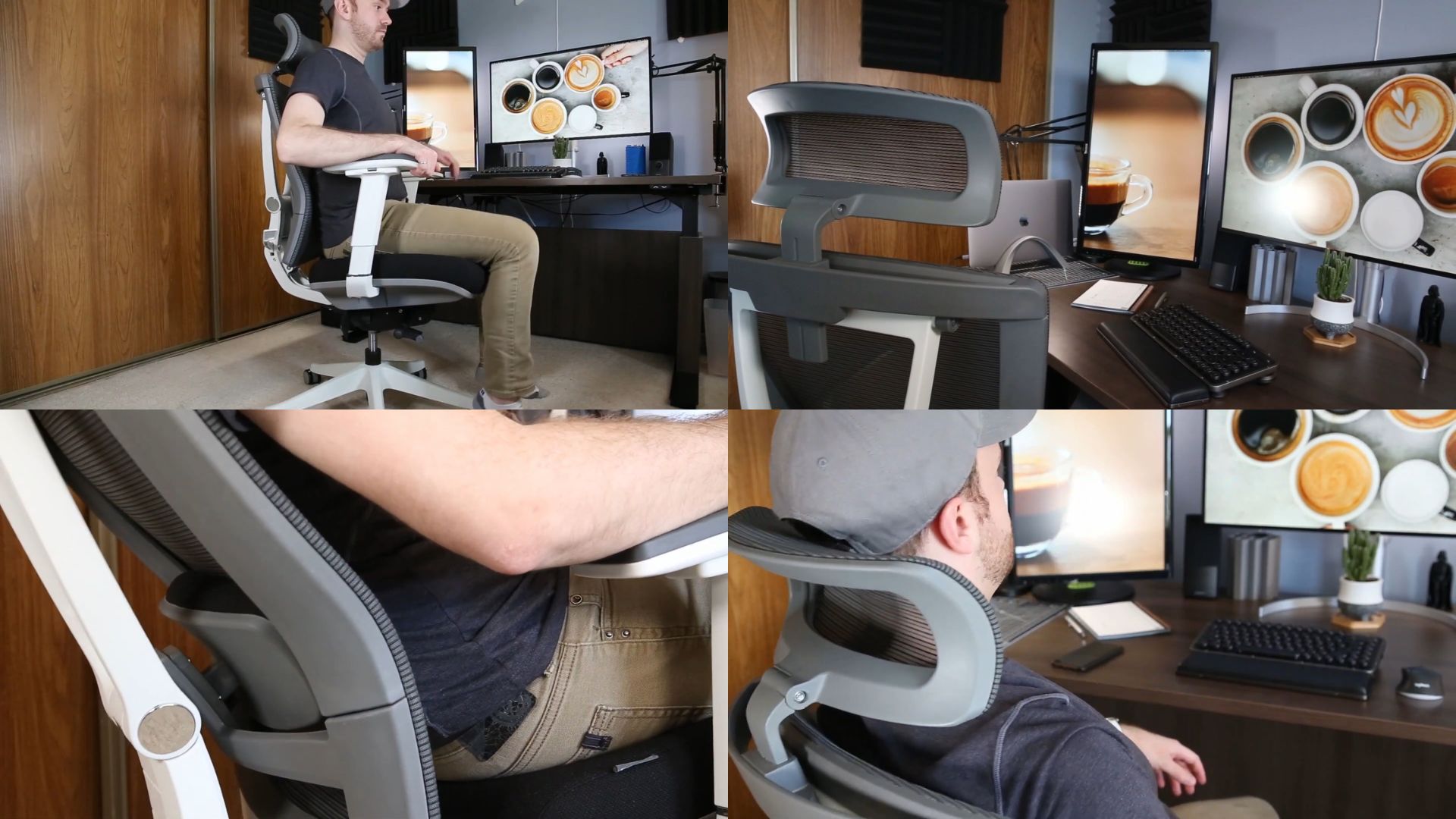
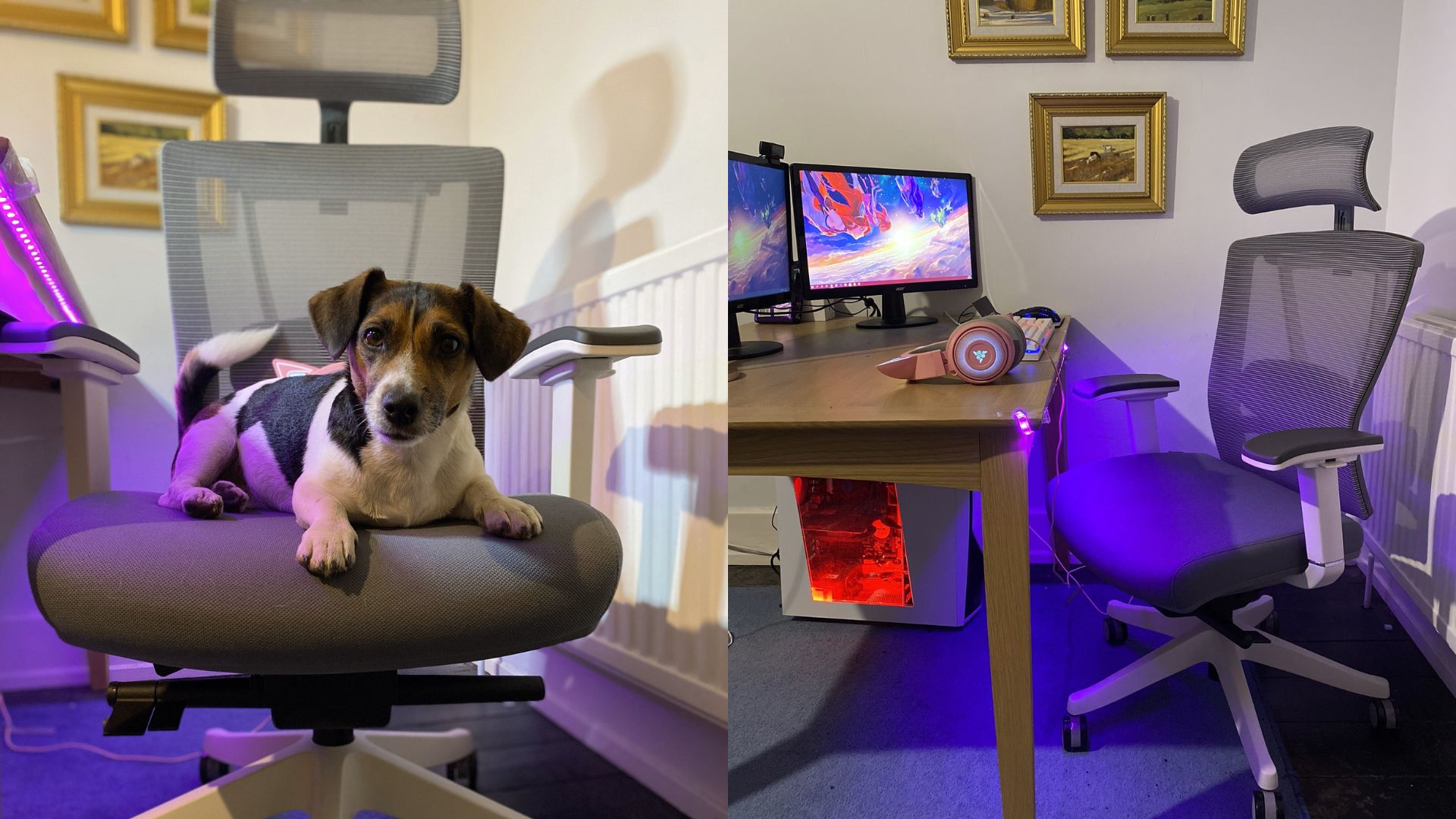
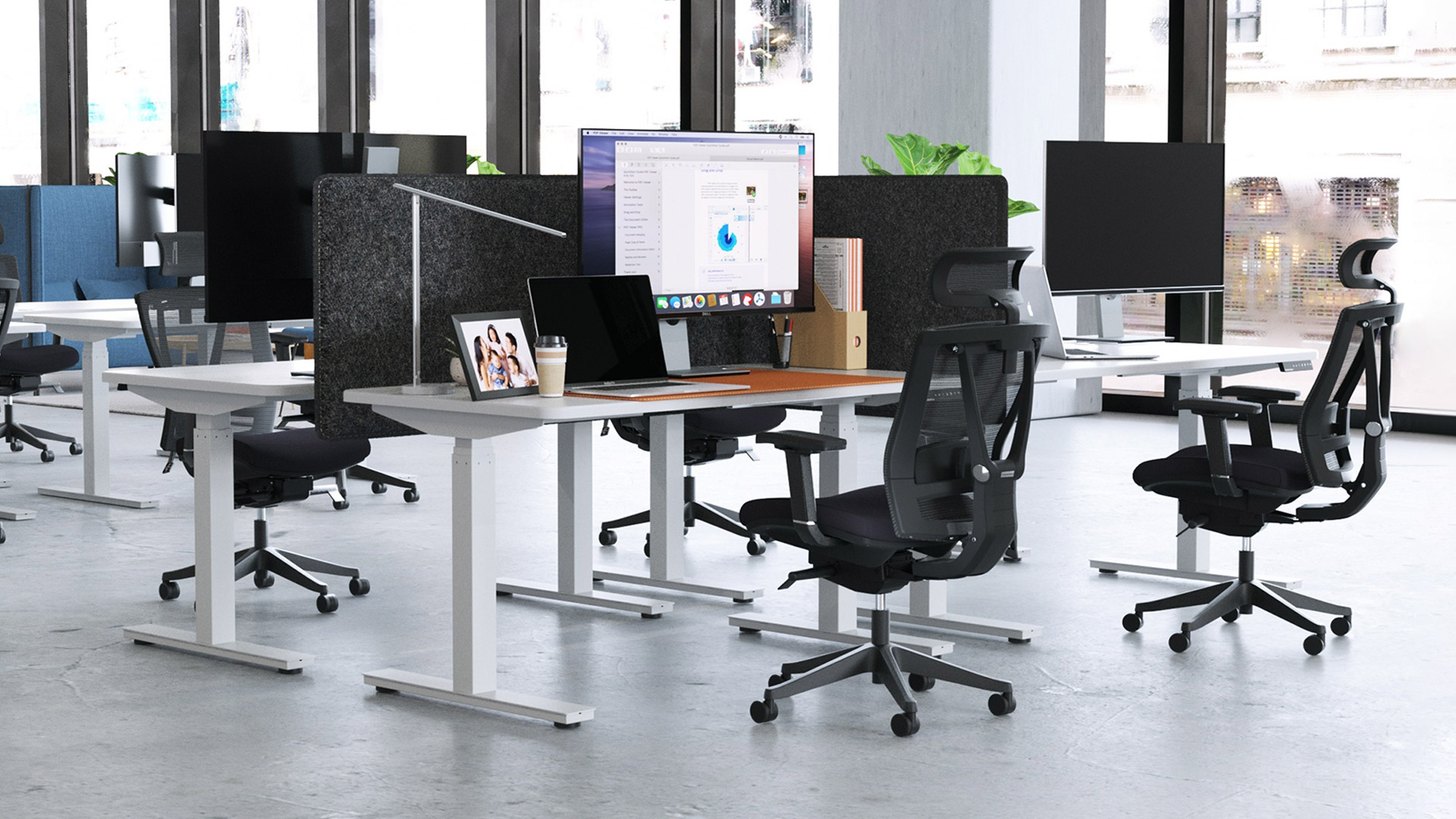



/https://storage.googleapis.com/s3-autonomous-upgrade-3/production/ecm/230914/bulk-order-sep-2023-720x1200-CTA-min.jpg)

/https://storage.googleapis.com/s3-autonomous-upgrade-3/production/ecm/230905/Untitleddesign.png)